Biography
The Bauhaus was the avant-garde talent factory of the 1920s. Marianne Brandt (1893-1983), trained as a painter, began studying at the Bauhaus in 1924 and took courses with Albers, Moholy-Nagy, Klee and Kandinsky. She was passionately interested in the materials metal, specifically silver, and was not distracted by the prejudices of her male colleagues and teachers. In her letter to the young generation, Marianne Brandt wrote about the admission of women as students in the metal workshop: “At first I was not happily received. A woman did not belong in the metal workshop, was the opinion.” She later confirmed that she had mostly been given “boring and tedious work”. Starting in 1927 she worked in the Bauhaus metal workshop, where she took over the provisional management in 1928. After completing her diploma, she worked on designs for interior furnishings and furniture in Gropius' construction studio in Berlin before moving to Gotha in the same year to work as the head of the design department at the Ruppelwerke metal goods factory. Her job there was to redesign the entire program. Several decorative objects such as the napkin holder, two trays and a lidded box date from this period.
Objects by Marianne Brandt
-
Sold
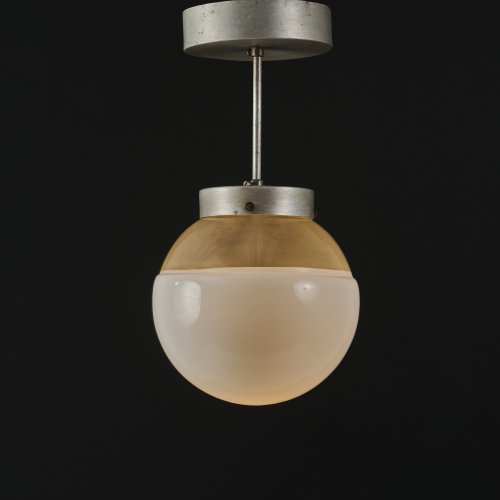
Marianne Brandt Bauhaus, Dessau (wohl/prob.)
Ceiling light from the Bauhaus Dessau, 1926
Hammer Price: 4,200 €
-
Sold
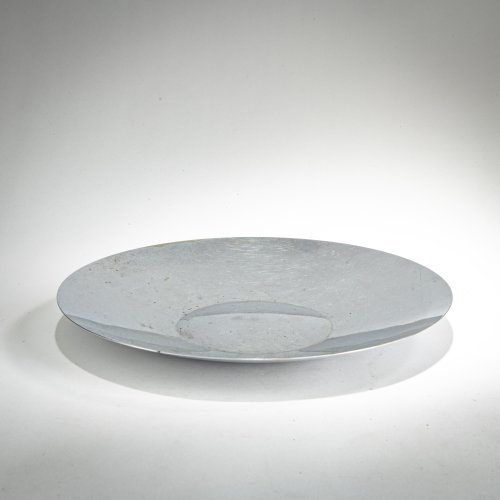
-
Sold
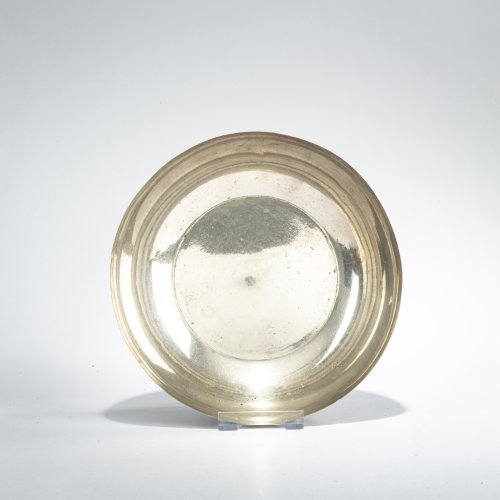
-
Sold
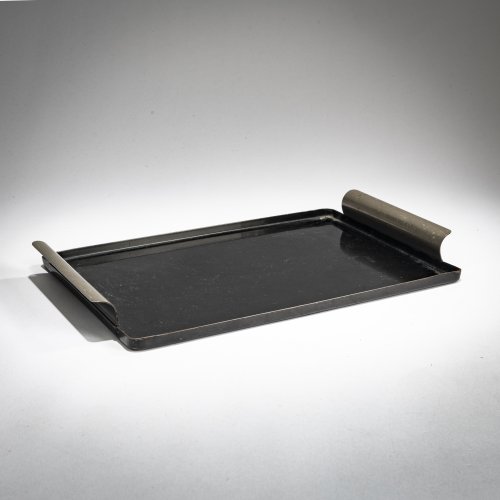
-
Sold
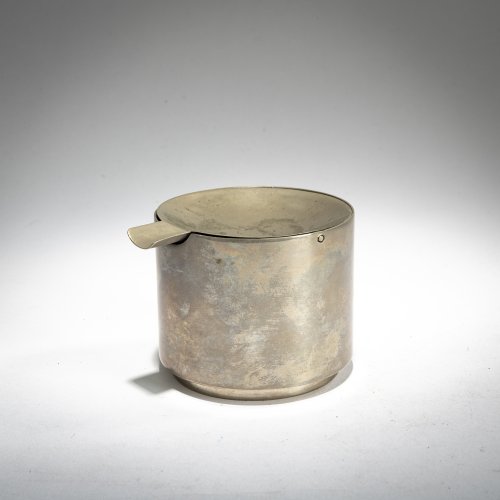
-
Sold
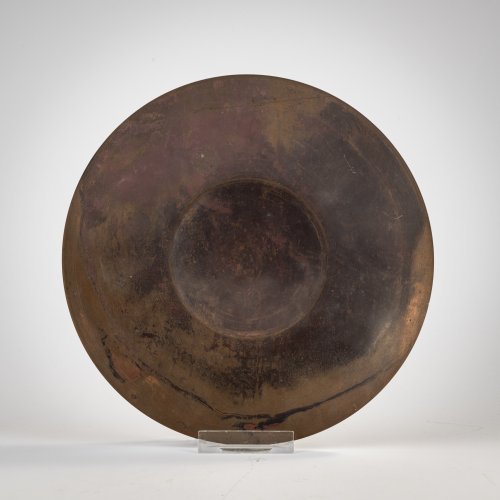
-
Sold
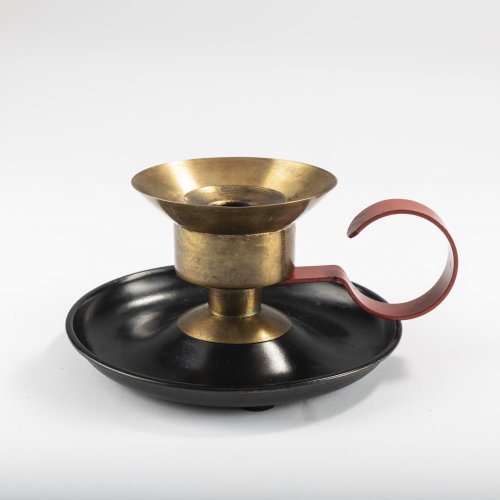
-
Sold
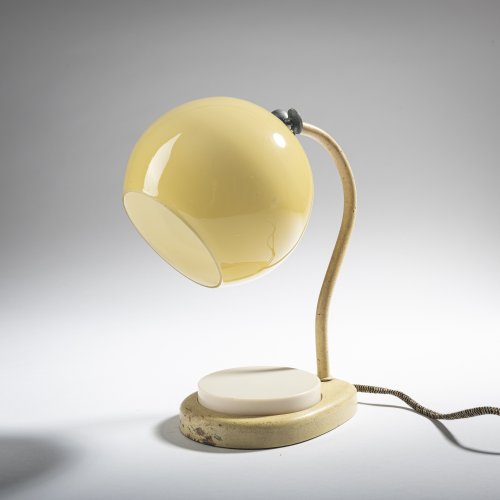
Marianne Brandt (attributed) Ruppelwerke, Gothaer Metallwarenfabrik
Table- / wall light'Tastlicht', c. 1932
Hammer Price: 600 €
-
Sold
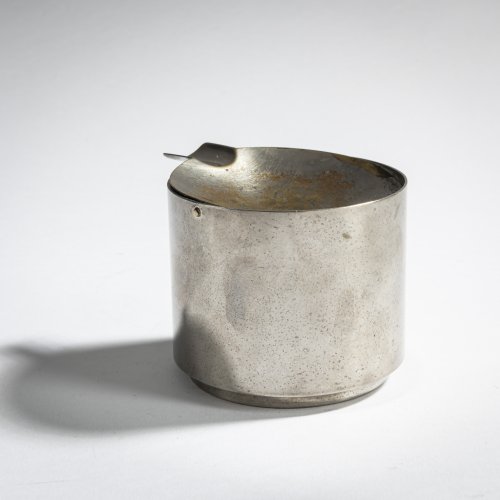
-
Sold
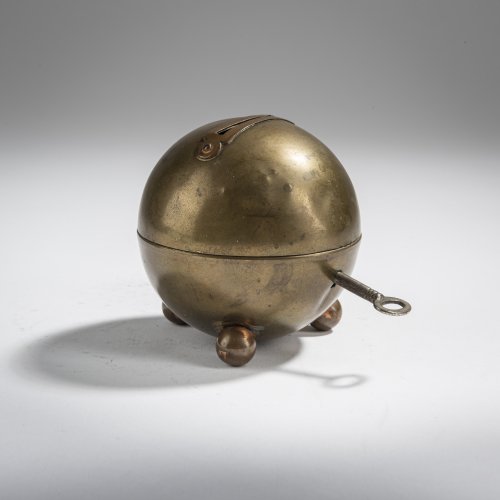
-
Sold
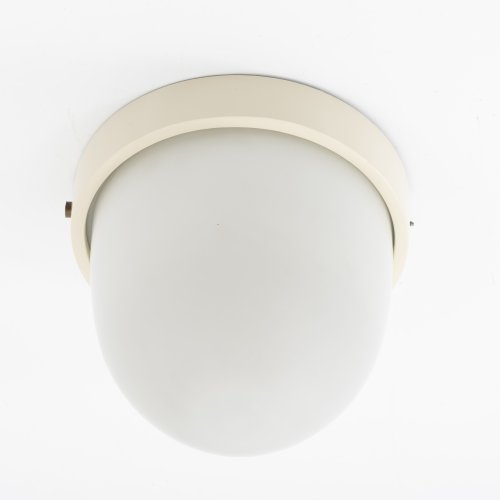
-
Sold
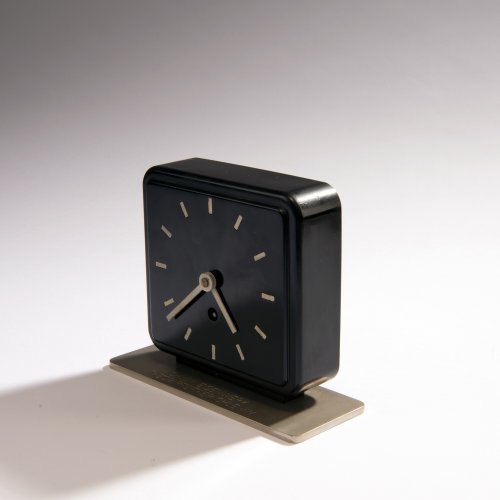
-
Sold
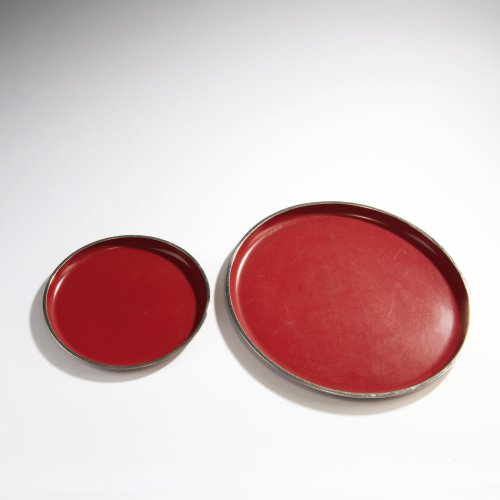
-
Sold
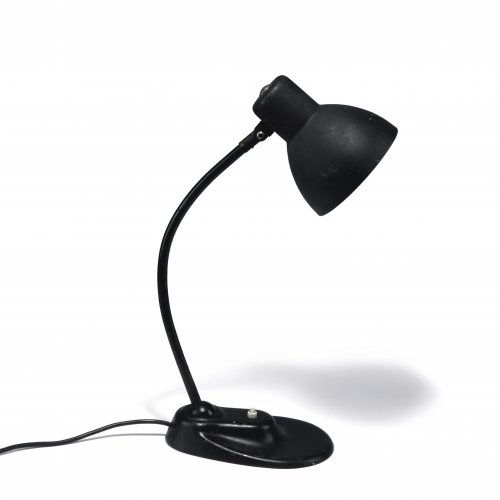
-
Sold
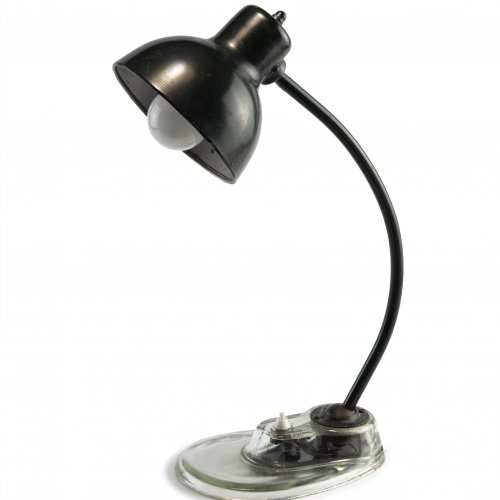
Marianne Brandt Körting & Mathiesen, Leipzig-Leutzsch
'1115 drg' table light, past 1940
Hammer Price: 500 €
-
Sold
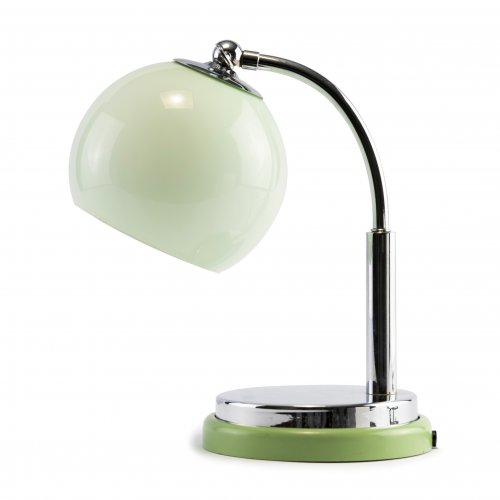
-
Sold
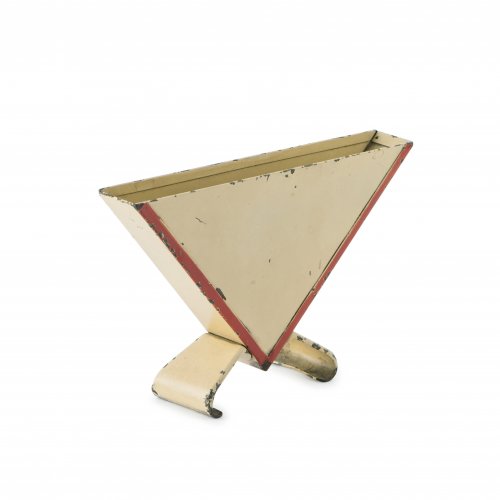
-
Sold
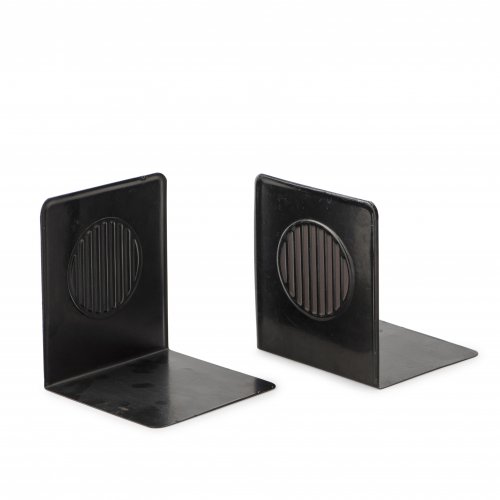
-
Sold
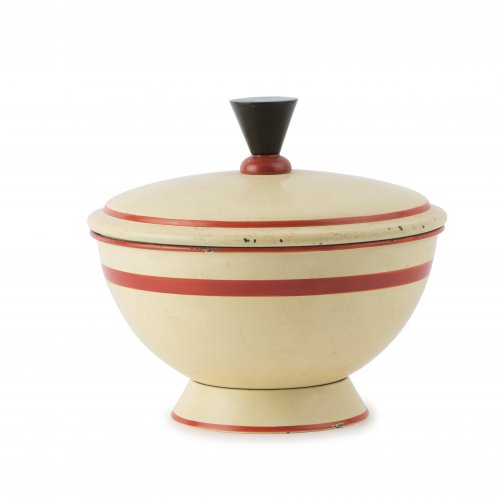
-
Sold
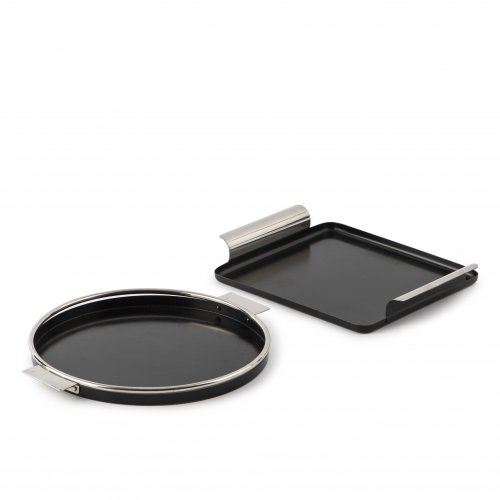
-
Sold
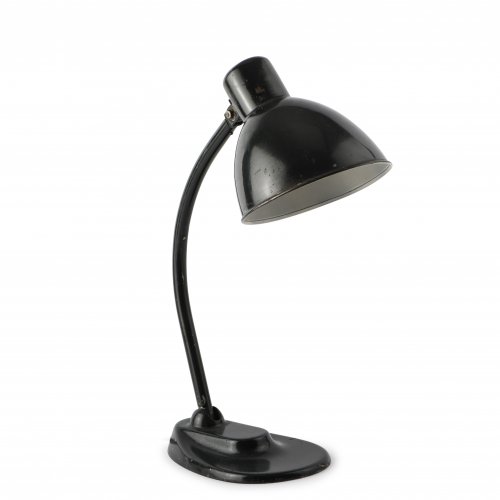
-
Sold
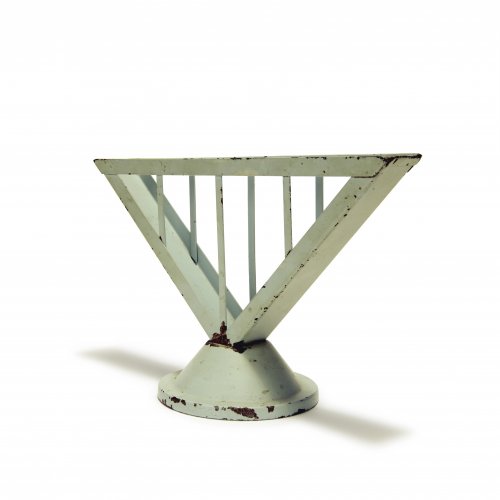
-
Sold
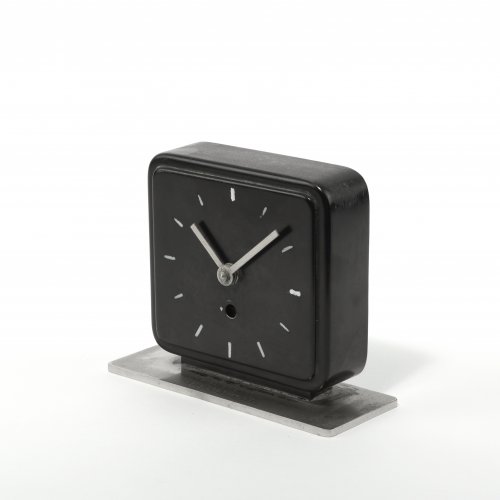
-
Sold
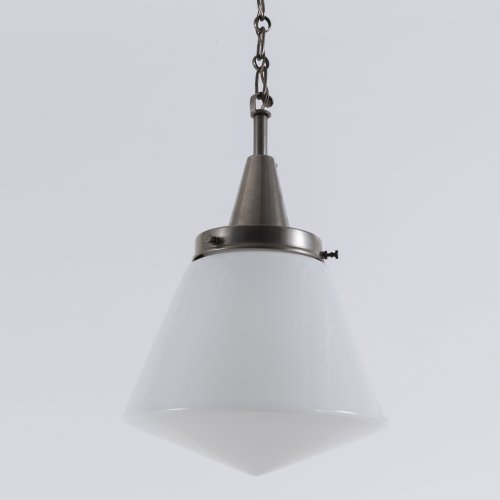
-
Sold
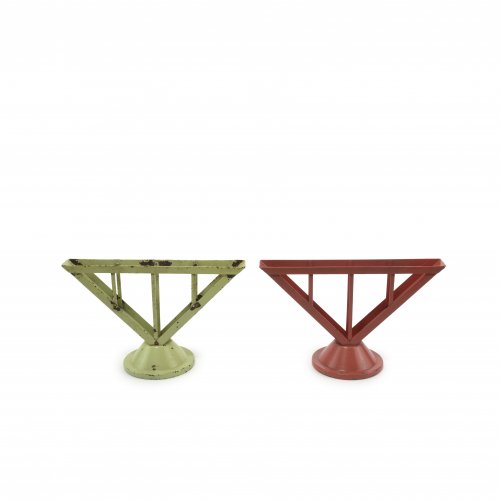
-
Sold
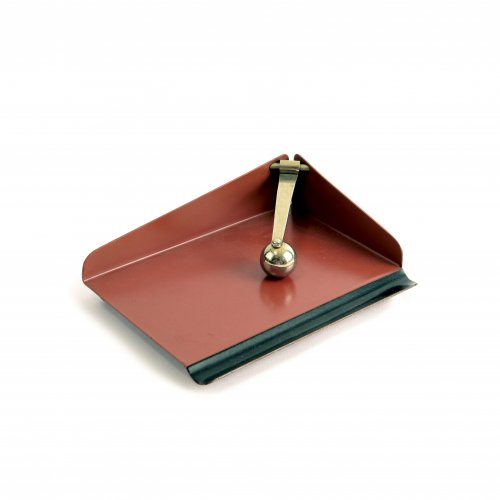
-
Sold
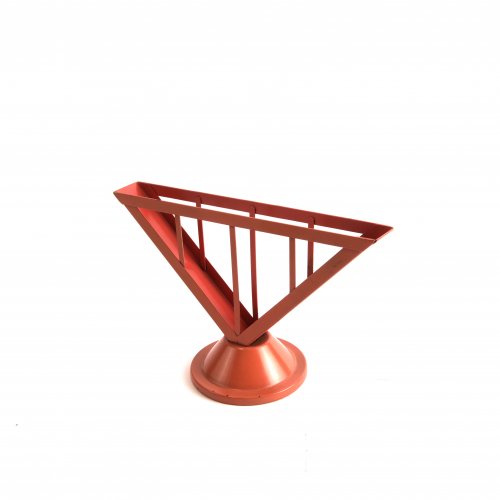
-
Sold
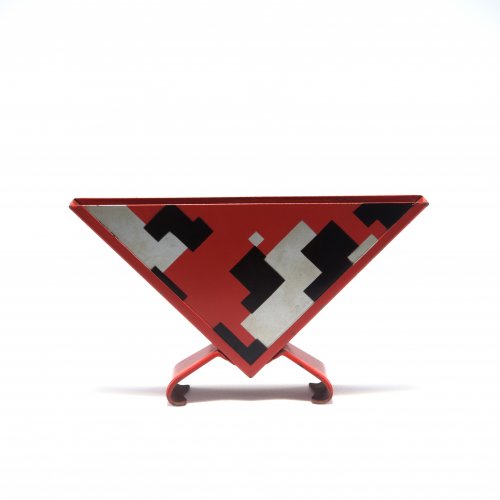
-
Sold
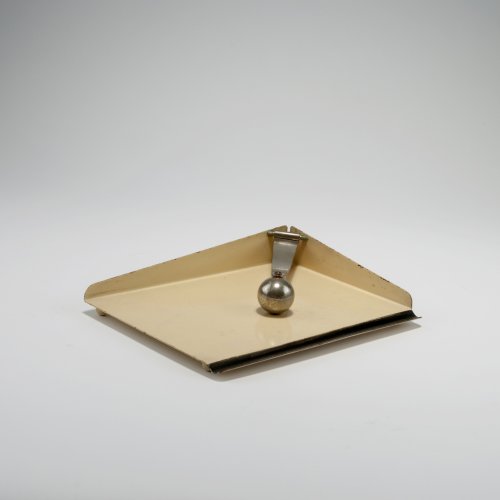
-
Sold
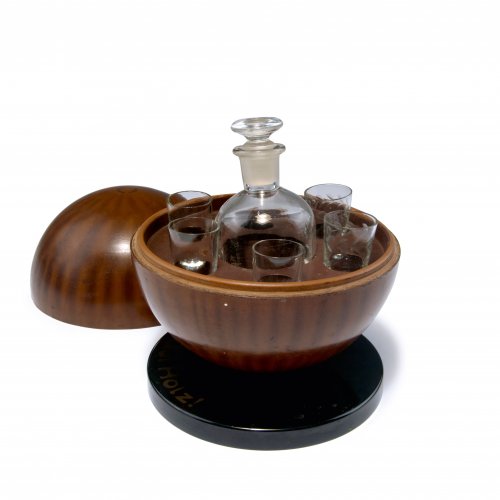
Marianne Brandt Ruppelwerk, Gotha
Liquor set, container in the shape of a ball, 1929-32
Hammer Price: 1,000 €
-
Sold
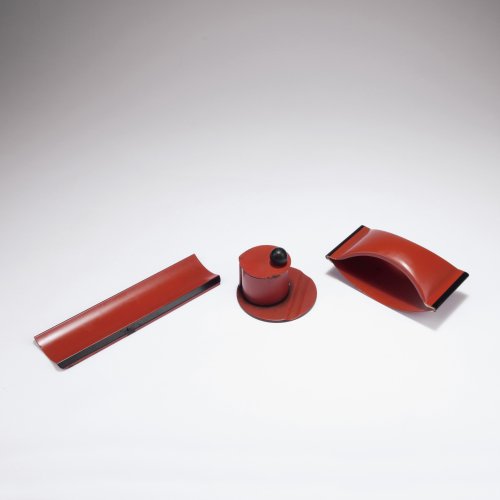
-
Sold
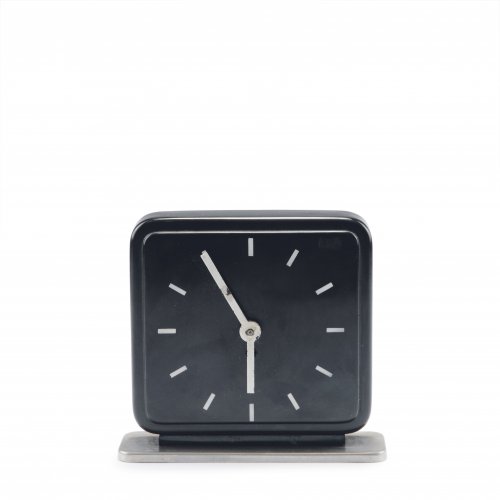
-
Sold
-
Sold
-
Sold
-
Sold
-
Sold
